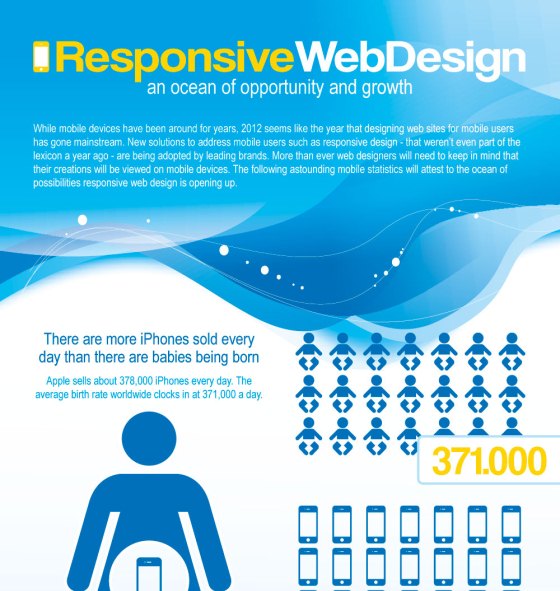Key Elements Of Web Site Style: Techniques For Creating An Accessible Customer Experience
Key Elements Of Web Site Style: Techniques For Creating An Accessible Customer Experience
Blog Article
Material Create By-Hall Ehlers
When it concerns site style, making sure user-friendliness is crucial. From receptive style to streamlined navigating, every element plays a crucial role in producing a site that deals with your audience's demands. However what regarding the better details that can make or break an individual's surfing experience? Keep tuned as we discover some often-overlooked ideas that can elevate your site's functionality to the next degree, making it absolutely attract attention in the digital landscape.
Relevance of Responsive Layout
Receptive style is a crucial aspect of modern web site growth. Ensuring your site is responsive ways that it can adapt to various screen dimensions and devices, supplying a smooth experience for customers.
With the enhancing use of mobile phones and tablets to access the internet, having a responsive design is crucial for getting to a bigger target market. It assists in improving customer experience by making your internet site very easy to navigate and continue reading any kind of device.
Furthermore, receptive layout can positively affect your online search engine positions, as search engines like Google focus on mobile-friendly web sites. By having a receptive layout, you're additionally future-proofing your website, as brand-new tools with differing display dimensions continue to arise.
Simplify Navigation Framework
To improve user experience and assist in very easy access to details on your internet site, improving the navigating structure is extremely important. When designing your website, concentrate on creating a clear and user-friendly navigation menu that assists visitors discover what they're looking for quickly.
Limitation the variety of food selection things to the fundamentals, grouping relevant pages with each other to stay clear of overwhelming users. Usage detailed tags that plainly suggest the material of each page, making it simpler for users to understand where each link will certainly take them.
Consider executing dropdown menus for subcategories to avoid littering the major navigating bar. Furthermore, include a search bar prominently on the web page for individuals that like looking for particular details.
Focus on mobile responsiveness in your navigating design to ensure simple accessibility on all tools.
Enhance Web Page Load Speed
Improving web page lots speed is important for keeping visitors on your site. Slow-loading pages irritate individuals and can cause high bounce prices. To enhance page load rate, start by maximizing photos. Press pictures without compromising quality to decrease their documents sizes.
Furthermore, enable web browser caching to save frequently accessed sources locally, speeding up load times for returning site visitors. Minify CSS, JavaScript, and HTML data by eliminating unnecessary personalities, remarks, and format, improving tons speed.
Consider using Medical SEO Agency (CDN) to distribute your website's material across several servers worldwide, decreasing latency for customers accessing your site from different places. Lastly, limit the use of third-party scripts and plugins, as they can substantially affect load times.
https://video-marketing-youtube49505.livebloggs.com/38582061/reveal-the-key-to-achieving-even-greater-levels-of-success-in-search-engine-optimization
In conclusion, by including receptive design, streamlining navigating, and optimizing web page tons rate, you can develop an user-friendly internet site that interest a wider target market and improves user experience. These essential elements guarantee that visitors can easily gain access to and browse your website across various devices, resulting in boosted engagement and complete satisfaction. By concentrating on these essential aspects, you can develop an effective website that keeps customers coming back for even more.
